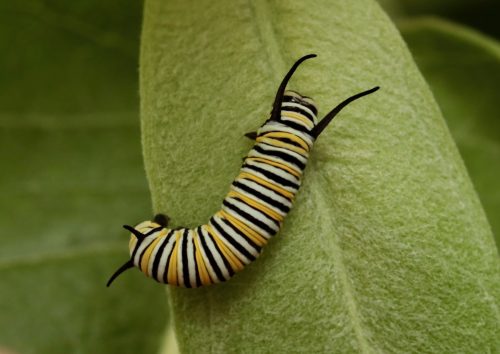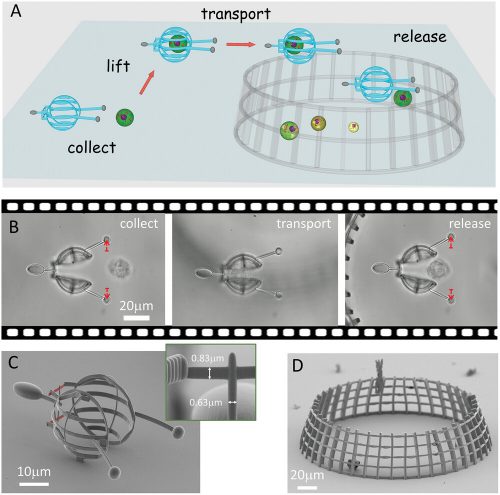It looks like one line of attack the Republicans will be taking is to disparage her laughter. This is a collection of clips compiled by the Daily Mail, so you know it’s a stupid complaint.
What’s wrong with that? It’s a hearty, energetic laugh, and I like that she can find something to laugh at nowadays.
Who is turned off by that perfectly normal laugh?
Now I’m wondering…what does Donald Trump’s laugh sound like? I don’t think I’ve ever heard it.














